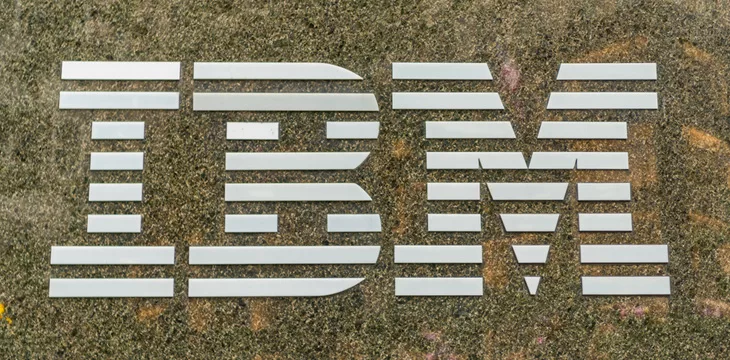|
Getting your Trinity Audio player ready...
|
After reaching impressive milestones in 2023, technology giant IBM (NASDAQ: IBM) has announced its quantum computing roadmap with plans to increase the capabilities of its systems tenfold.
In a blog post, IBM says it will adopt a 10-year plan, underscored by rapid quantum innovation, to realize its mission for practical use cases for the emerging technology. With a target for 2033, the road map unveils multiple generations of processors, with each offering building on the technical achievements of others.
The roadmap comes on the heels of the launch of the IBM Condor, a 1,121 qubit quantum processor, leveraging IBM’s proprietary cross-resonance gate technology. IBM Condor’s release has been described as an “innovation milestone” as it marks the first time IBM has broken the 1000-qubit barrier.
IBM says it will proceed with the mainstream rollout of Heron, its “highest performing quantum processor” that will be the “foundation” of the hardware roadmap over the decade.
The roadmap lists several processors to be rolled out in the coming years, targeting 2029 as an “inflection point” in its quantum computing ambitions. IBM predicts a watershed moment in 2029 via its Starling process, which can execute 100 million gates, a huge gap from Heron’s 5,000 gates.
By the end of the 10-year roadmap, IBM says it will be able to execute 1 billion gates, a nine-order-of-magnitude increase since rolling out its first device back in 2016.
“Then, in 2029, we hit an inflection point: executing 100 million gates over 200 qubits with our Starling processor employing error correction based on the novel Gross code,” read the blog post. “This is followed by Blue Jay, a system capable of executing 1 billion gates across 2,000 qubits by 2033.”
Rather than focusing all its efforts on innovation, IBM says it will update its offering for utility, providing users with a Qiskit Runtime service to power experiments. The company confirmed a similar upgrade for its IBM Quantum Safe and an integration with watsonx for generative AI to push the frontiers for adoption.
“Entering the era of utility opens up new opportunities for enterprises to engage with quantum computing and explore workforce integration,” said IBM. “We are expanding our enterprise offerings to continue to advance industry use cases for utility-scale quantum computing.”
A worrying trend for the US and China
Despite taking the lead in quantum computing and other emerging technologies, pundits have pointed to a growing innovation trend outside the U.S. and China in other emerging jurisdictions. In late November, IBM installed the first “utility-scale” quantum system outside North America at the University of Tokyo, Japan.
China faces a dilemma after Alibaba shut down its quantum computing unit to focus on AI, putting a dent in its plans to become an industry leader.
Experts say the chip embargo placed on China by the U.S. contributes to the shuttering of Alibaba’s (NASDAQ: BABA) quantum research arm, with the company pledging to donate its lab equipment to Zhejiang University.
Watch: Konstantinos Sgantzos talks AI and BSV blockchain with CoinGeek

 09-14-2025
09-14-2025 





